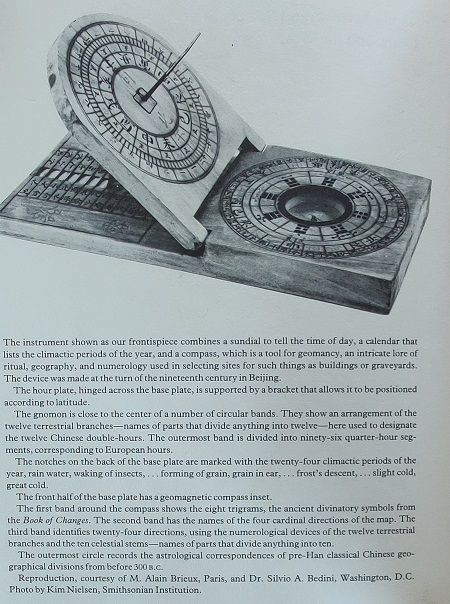The Tibetan mandala was a visual expression of the macrocosm of the universe using a symbolic microcosm that included:
- The square
- The circle
- The four cardinal directions
- The four seasons
- The axis mundi
- Numerology, in this case the Luo Shu or 3x3 Magic Square
- The quincunx or quinary grouping of images
- Color
In a mandala, the quinary grouping of images and symbols is psychologically significant as well as indicating the four cardinal points that revolve round a center which conditions them, thereby evolving a succession in time and space round itself.
(Guiseppe Tucci, The Theory and Practice of the Mandala)
(Guiseppe Tucci, The Theory and Practice of the Mandala)
The Luo Shu shares some of these very characteristics with the mandala:
- The Luo Shu represented the cosmology of the early Chinese, the macro expressed by the micro
- The quincunx, the four cardinal directions, and Heaven are represented by the odd numbers (the cross in square)
- The Luo Shu was a model for the Ming Tang Temple, or Temple of Illumination (Sir Joseph Needham, Science and Civilisation in China, Vol. III)
- The square and circle relationship is well represented by the two dimensional magic square and it's three dimensional torus (see post below)
- The magic square is the basis of Chinese (and Pythagorean) numerology
- The Luo Shu is an ideal model for Time and Space because:
- a unique Pythagorean triplet occurs in the heart of every Luo Shu magic square,
- the grand daddy of all magic squares, the 27x27 MS was referred to as the square of the Sun because it contains the "numbers of the calendar".
The above mandala, Vajradhatu Mandala, Central Tibet, ca. 14th century, demonstrates the influence of the Chinese Magic Square.
Many scholars have reported the Luo Shu as the basis of temple design (the Chinese Ming Tang, the Indian Stupa, and the Lama Dagoba) as well as being the foundation of the mandala. (Cammann, Snodgrass, Schinz, Wheatley, Granet)
Many scholars have reported the Luo Shu as the basis of temple design (the Chinese Ming Tang, the Indian Stupa, and the Lama Dagoba) as well as being the foundation of the mandala. (Cammann, Snodgrass, Schinz, Wheatley, Granet)
Examples of the Magic Square and Temple Design
A. The Villa Capri - Andrea Palladio, 1566
B. The Pantheon, 1790
C. Brammante, Da Vinci, and the Quincunx, 975 - 1506





















